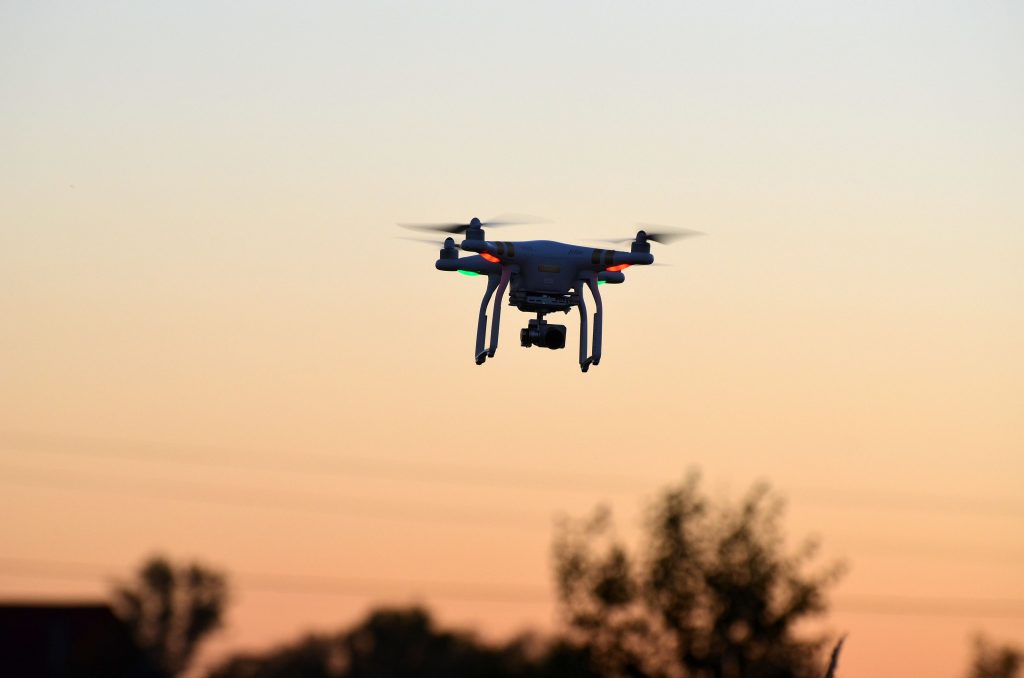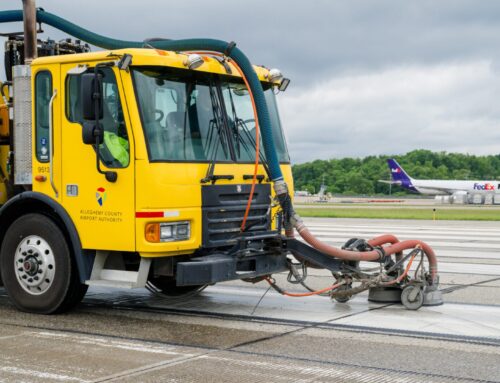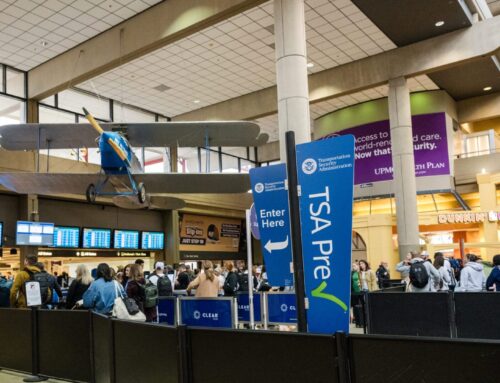Drones Are Everywhere. Sometimes, That’s the Problem
Airports, FAA seek better ways to regulate the ‘criminal, the clueless and the careless’
By Natalie Fiorilli
Published November 4, 2019
Read Time: 5 mins
At last count, there were nearly 1.5 million drones registered in the United States. About 400,000 are registered for commercial use and the rest for recreational operation.
Many rules govern their use, and one major guidelines applies to both categories: they are not allowed to fly in a controlled airspace within five miles of an airport.
But violations happen. More than 700 drone sightings occurred near airports nationwide in the third quarter of 2019 alone, according to FAA data.
In December 2018, London Gatwick, the United Kingdom’s second-largest airport, was shut down for three days after several drone sightings.
Drones have caused other disruptions at major airports, including Newark Liberty International in New Jersey. In January, Newark forced a ground stop for inbound and outbound flights due to a spotting at nearby Teterboro Airport.
Drones were one of the hot topics last week at the annual Pennsylvania Aviation Conference, which included representatives from Pittsburgh International Airport and others across the state.
Airports have two concerns about drones, said David Heath, director of the Pennsylvania Drone Association, who attended the conference.
“It involves integrating drones into their operations and also mitigating the criminal, the clueless and the careless [drone users],” said Heath. “That’s their biggest fear.”
Heath, who works to promote the growth and safety of the drone industry in Pennsylvania, said that the best way to address those concerns is through educating the public.
“The majority of improper drone use around airports – the people flying them don’t know the rules and regulations,” he said. “What we are trying to do is educate them to make sure that everyone is safe and that everyone is flying safely.”
There are rules
The FAA categorizes drones as a small, unmanned aerial systems, or UAS. The agency has issued rules and regulations that apply to recreational drones, commercial drones, or both.
For example, operators of both kinds of drones are not allowed to exceed flying altitudes higher than 400 feet and can’t fly at night or in low-visibility conditions.
Commercial operators must register their drones and obtain remote pilot certificates with a small UAS rating. To get a remote pilot certificate, operators must pass an aeronautical knowledge test issued by the FAA at various testing centers nationwide.
Recreational operators don’t need pilot certificates to fly, but the FAA requires all users to register their aircraft and label the registration numbers so that it’s visible on the surface of the drone.
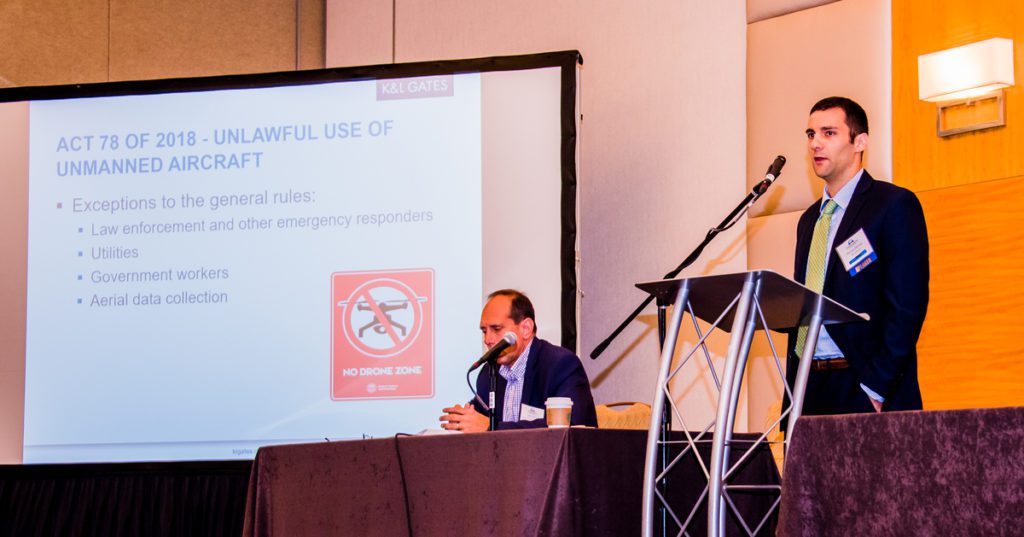
Attorney Thomas DeCesar gives a presentation on drone operations at the annual Pennsylvania Aviation Conference held in Pittsburgh October 28 – 30. (Photo by Beth Hollerich)
And while all drone operators are supposed to stay clear of airports, a commercial drone can enter controlled airspace after receiving permission from air traffic control.
While improper drone use can result in civil and criminal penalties, with fines up to $250,000, enforcing drone laws can be a challenge. The FAA is lobbying for a new requirement, called Remote Identification, which will basically serve as a tagging system for all drones.
“Enforcement is a very hard part,” said Heath. “With manned aircraft, you know there is a person up there, and if you follow the aircraft, you know who is going to be there at the other end. That’s what Remote ID solves. It’s going to allow us to hold people accountable.”
Remote ID would help the FAA and other law enforcement agencies better track drones and manage all airspaces through the use of in-flight identification technology.
“Registration numbers on drones are too small and they’re too far away for us to gain access to, so we’ll be able to wirelessly transmit them,” Heath said of the proposed rule.
Advocating for safety
In Pittsburgh, airport officials are working with state leaders and local law enforcement on drone safety measures.
For airports, enforcement can be complicated, because criminal and civil offenses are federal issues, according to attorney Eric Smith, who works with the Allegheny County Airport Authority on drone regulations.
Airports have an obligation to protect their airspace, Smith said, but state laws cannot preempt what’s allowed under federal regulations.
In 2018, Pennsylvania lawmakers prohibited the use of drones for surveillance purposes that would compromise an individual’s privacy in a private space, for any use that could endanger an individual’s safety, and for the delivery of contraband items.
“We know we have to do something,” Smith said. “Pittsburgh is taking the lead on saying we’re going to be a real catalyst and a coordinator because we as an authority can’t enforce anything off our property.
“We can rely on the surrounding municipalities, but we don’t have any rights on the federal level. It’s always been a local issue and that’s kind of how we are treating it.”
As for the FAA, the agency must work toward tighter safety regulations while also preparing for the future of drone integration into the National Airspace System, particularly for commercial purposes, according to a regional FAA spokesperson.
“We want to make sure that we have a dynamic airspace system that works for all users and that works for all users safely,” an FAA spokeswoman told Blue Sky. “Our alpha and omega is safety. So, with everything we are doing, we are trying to integrate these users to make sure they can all play in the same airspace and it has to be done safely.”
Drone integration is an exciting challenge for the FAA, the spokeswoman added.
“There’s all sorts of new people coming in with incredible new ideas,” she said. “It’s been fun for us as an agency to try to think about how we use all of the rules and regulations we’ve developed over decades and apply it to new people.
“I think it’s been a fun challenge for the agency to at times keep up, but it’s certainly something that has been exciting for us.”
The week of Nov. 4 – 10 marks the FAA’s first-ever National Drone Safety Awareness Week. To learn more about the latest on federal drone rules and regulations, click here.

